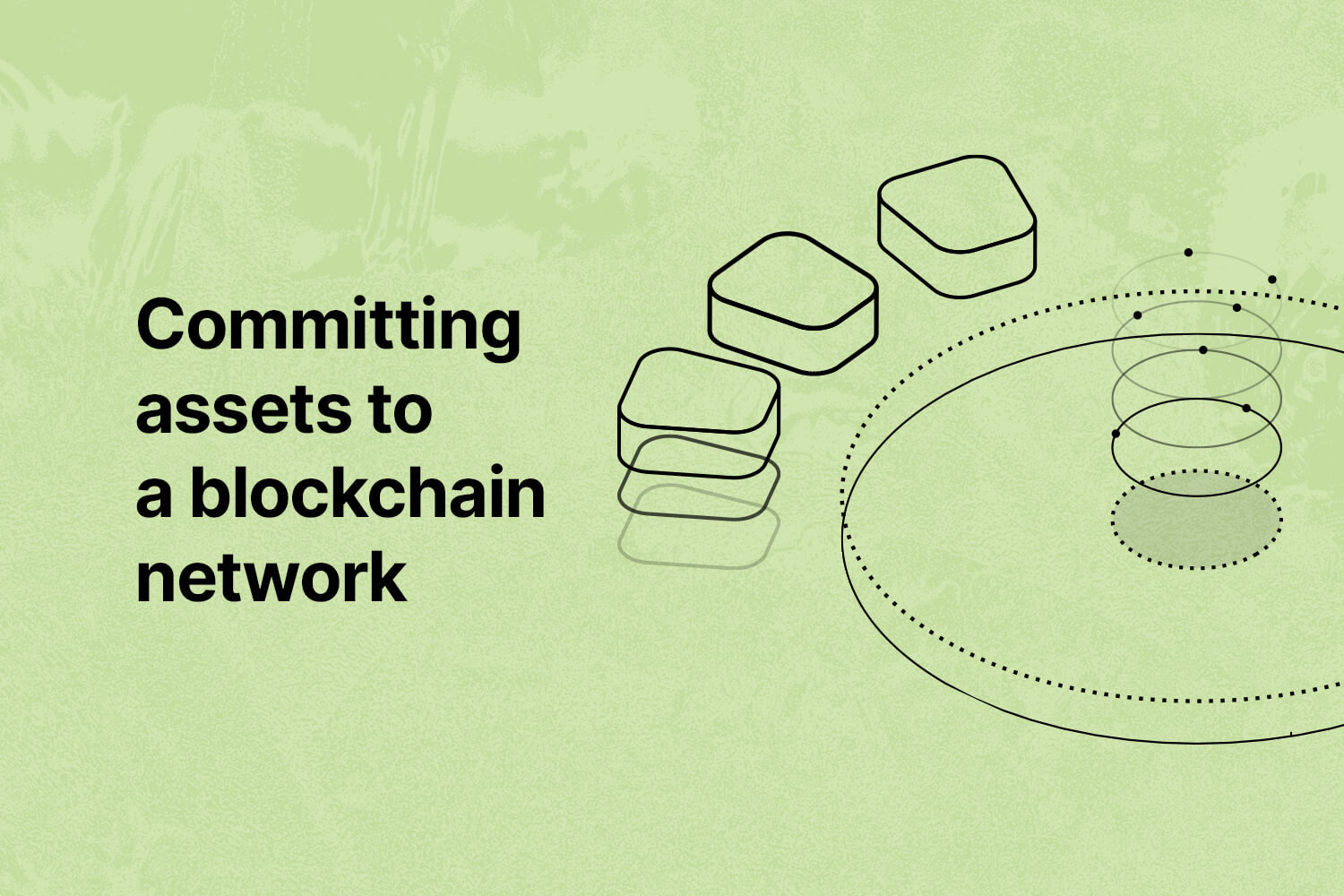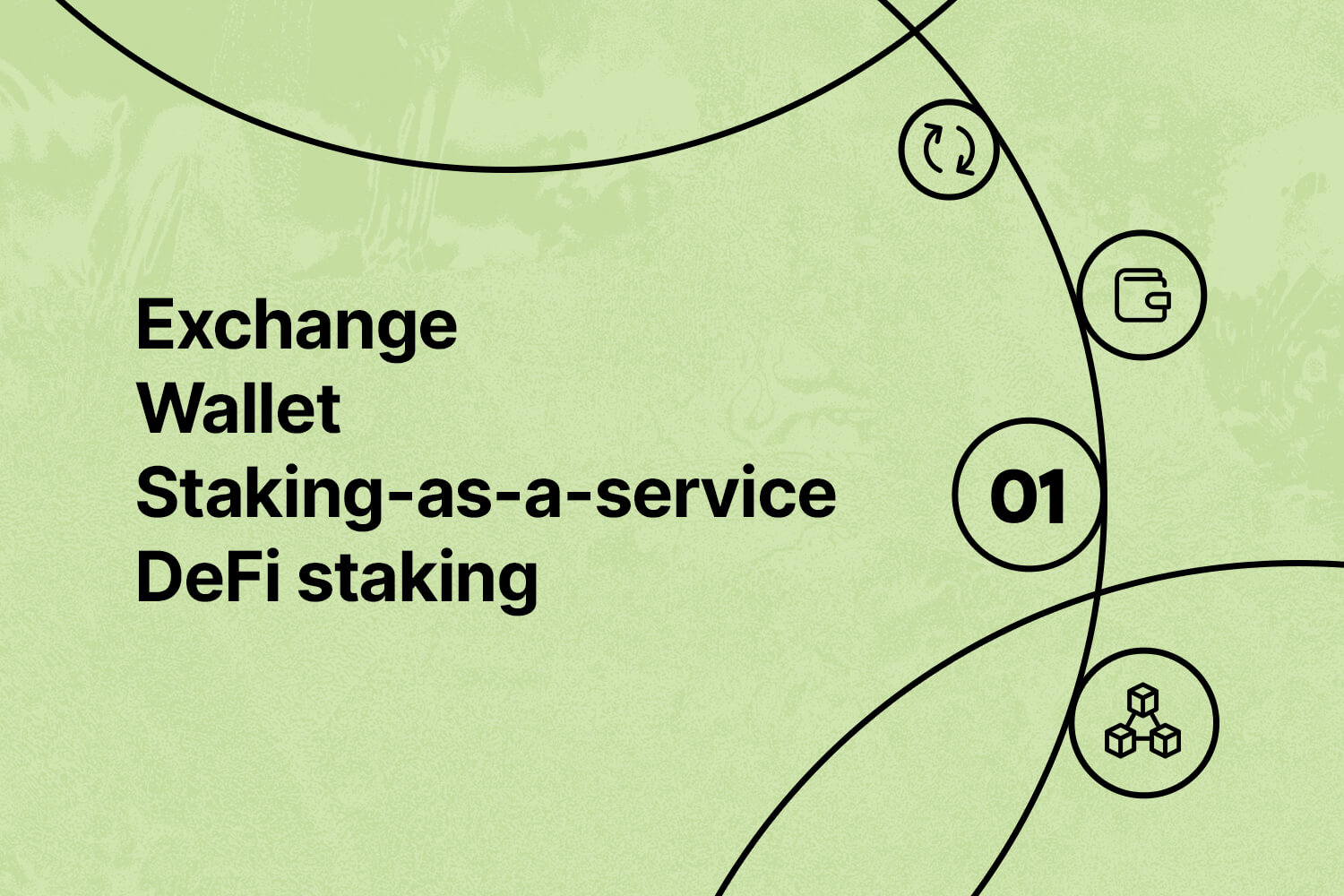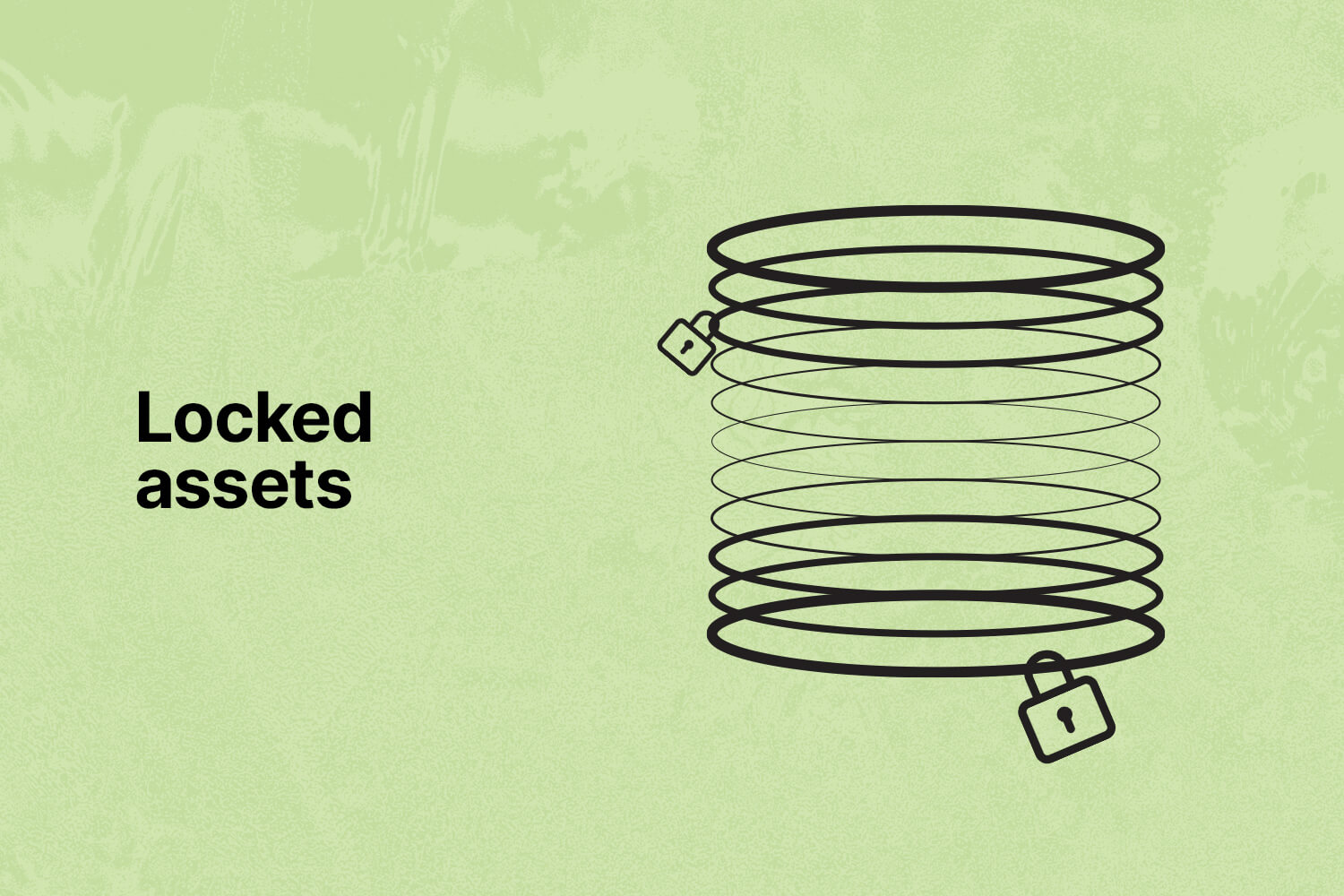Cryptocurrency staking is a booming new investment field that has taken the world by storm since 2020. But what is crypto staking, how is it done and why should you or should you not invest?
What is Proof of Stake (PoS)?
Proof-of-Stake (PoS) is a consensus mechanism in which stakers or block validators are chosen randomly, proportional to the amount of coins they stake. It was created by Vitalik Buterin as an alternative to Bitcoin’s Proof-of-work (where powerful computer hardware are used) to overcome the old consensus mechanism’s inherent latency and scalability issues.
Unlike PoW, PoS protocols use minimal electricity to maintain a node and are therefore much more environmentally friendly.

What is staking?
In crypto, staking is the process of committing assets to a blockchain network. By committing assets, you allow block transactions to be validated. The more staking occurs, the more robust a blockchain becomes.
The benefits of staking
When it comes to staking, there are many benefits you may discover, such as:
- Earning interest on your cryptocurrency
- Low barrier to entry (no hardware, expensive tools, or technical expertise needed)
- Requires less energy than mining crypto

How to stake crypto
- Using an exchange
Crypto exchanges can be used to stake cryptocurrency. Bear in mind that you do not actually hold the cryptocurrency to earn rewards for staking. Rather, you are providing liquidity for the exchange to stake on your behalf.
Coinbase would be a popular example.
- Using a wallet
Some wallets also permit staking. LedgerLive is one of the most popular choices for users looking to stake cryptocurrency directly from their web3 wallet.
- Staking-as-a-service
If you are worried about slashing (losing your funds due to price drops), you can employ a staking service provider that will closely monitor your funds around the clock to avoid that doomsday scenario. An example of a staking service provider is 01node.
- DeFi staking
As mentioned, an L2 Ethereum defi protocol like Aave allows you to easily stake cryptocurrency. There are a plethora of defi platforms that enable staking.
Similar to an exchange, when using a defi platform, you are lending your cryptocurrency to the protocol. The most secure way to stake an asset is directly on a cold-chain wallet. Defi protocols, however, are popular because of their ease of use.

Risks of staking crypto
- Crypto prices are volatile and can drop quickly. If your staked assets suffer a large price drop, that could outweigh any interest you earn on them.
- Staking can require that you lock up your coins for a minimum amount of time. During that period, you’re unable to do anything with your staked assets such as selling them.
- When you want to unstake your crypto, there may be an unstaking period of seven days or longer.
ABOUT 01NODE
As a current validator on many major PoS networks, 01node has the expertise and time tested infrastructure to be a highly secure and reliable node. Our existing validator nodes have secured value on several POS networks since their inception such as Terra, Iris, Cosmos, Kava, E-money, IOV, Solana, Secret Network, and others who will soon launch like Polkadot, Certik chain, and Near Protocol. Collectively, we currently secure nearly $160M in user-staked assets.
We aim to provide the best performance and reliability through our physical infrastructure collocated in tier-3 datacenters. Our track record shows this reliability, and the great focus we have on security and best practices for every service we offer.

